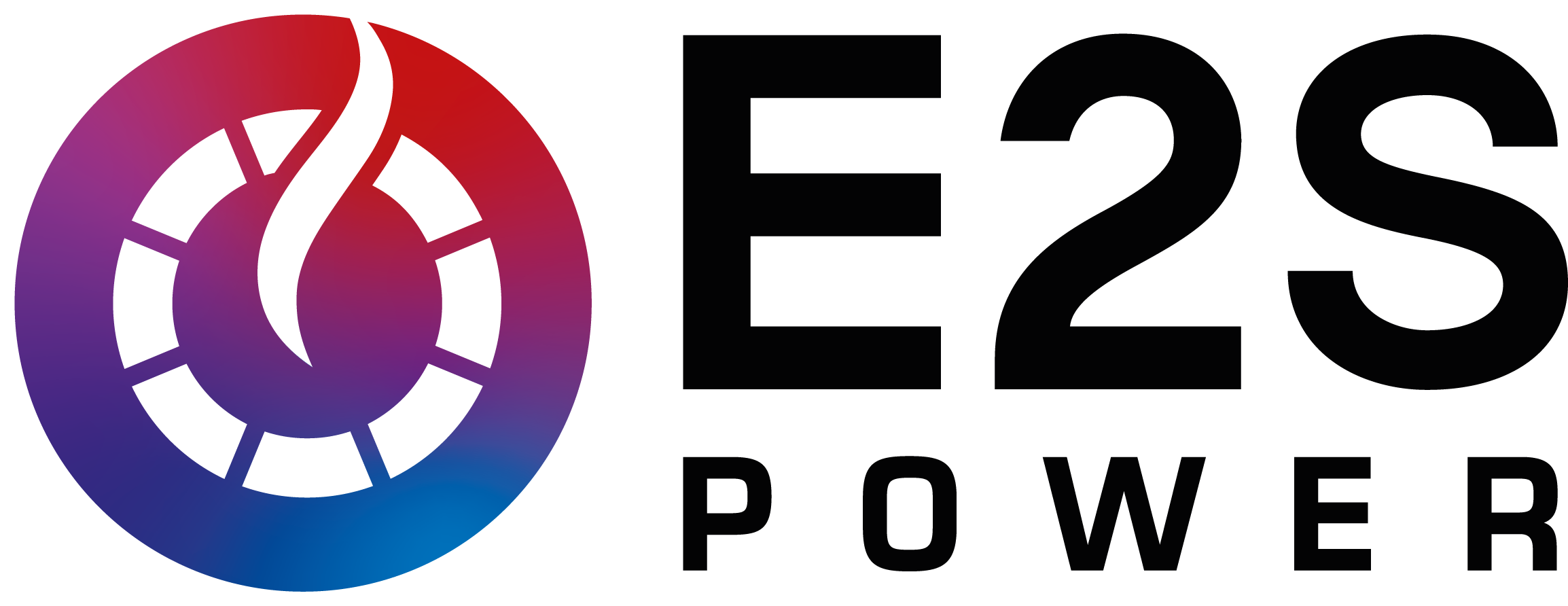Everyday we receive plenty of questions about our technology. Here we tried to answer the most frequent ones.
Why is it important to have alternative storage technologies to Li-ion Batteries?
While Li-ion batteries are a proven solution and commercially available, it will be important to consider other storage technologies and encourage their development. Li-ion batteries may be a solution in the near term for short duration in a smaller scale, but they have some serious limitations as we consider a larger scale use in the future. We have seen that in applications requiring a lot of cycling, li-ion batteries degrade rapidly, requiring the replacement of the battery pack. We also predict that there will be increased competition from the electric vehicle market expansion for the key raw materials required. From an environmental point of view, the problem of large-scale battery recycling has not been fully solved. One of the key aspects of the thermal energy storage technology developed by E2S Power is that the storage system doesn’t degrade substantially over time, and the materials required are readily available and recyclable. Additionally, Li-Ion are not ideal storage when industrial heat is required and this is where thermal storage technologies are much better suited for.
Can your system generate steam for industrial applications 24 hours 7 days a week?
Yes, by using our TWEST concept, we can operate as an electric boiler and storage in the same time. Our design enables simultaneous charging and discharging function, and the charging can be optimized to fit the window when electricity is cheap, while discharging continuously.
How does the thermal energy storage technology developed by E2S Power compare with other storage technologies?
The total LCOS cost of TWEST for utility scale applications is very competitive compared to batteries and other storage solutions as we are taking advantage of valuable existing equipment and assets. Our design is a compact “all in one” unit and, unlike other energy storage solutions, does not require additional equipment, separate storage or auxiliary systems. This is achieved by using our innovative TWEST concept which is very efficiently converting electricity to steam with efficiencies close to 99%. The unique key and proprietary features are: 1) discharge with heat transfer through conduction from the storage blocks to the steam generator piping 2) utilization of the travelling wave concept which enables adiabatic and robust steam temperature control and 3) utilization of medium voltage heaters for charging with electricity through heat radiation process.
One key aspect of our design approach is simple plant integration and simplified project execution. Some of the other energy storage technologies have additional project complexities due to the amount of equipment, auxiliary systems, materials and special working fluids.
We believe that total costs should be considered on an equal basis for a true comparison. When looking at the cost of Li-ion batteries, for example, the complete project cost needs to be included, not just the battery pack. This includes inverters, power electronics equipment, required housing and climate control, in addition to construction costs and the interconnection to the grid. By utilizing existing power plant equipment, infrastructure, and sites, we are able to keep our costs down. If you consider a 25-year life and considering capital costs and the degradation and replacement cost of batteries, the levelized cost of storage of the E2S Power storage system is estimated to be one third of Li-ion batteries.
When you store the energy how much is the daily energy loss?
We expect to have less than 5% of loss per day – which can easily be recovered during off peak hours to maintain the full system charge.
What is the long-term performance degradation of the system?
We expect to have less than 1% of recoverable performance loss within the 2,000 cycles interval. The storage material and the steam generator are designed to have negligible degradation over time. The recoverable degradation is mainly expected to be due to electrical connectors and typical auxiliary and balance of plant equipment.
What is the maintenance schedule for TWEST?
We have designed the key components for 30-year life. However, as with any power plant equipment regular inspections are needed and we recommend having visual and borescope inspection yearly and a major inspection every 6 years or 2,000 cycles.
Which applications are TWEST suited for?
The same design can be used for industrial applications which require continuous generation of the superheated steam such as breweries, chemicals, pulp and wood, pharmaceuticals, food processing, refineries and similar as well as power utility applications.
